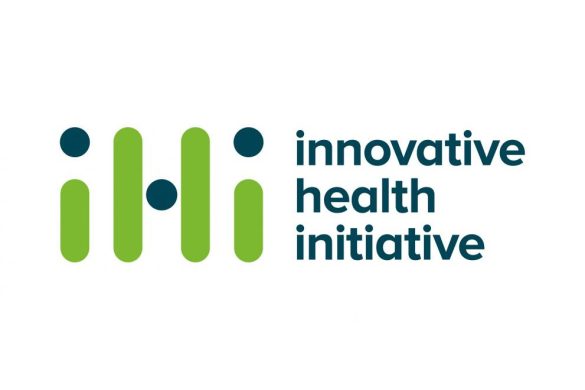Prof. Olof Flodmark,
President of EBNI
Prof. Dafin Muresanu (DF): Dear Prof. Flodmark can you please introduce the European Board of Interventional Neurology – EBNI to the readers of the EAN Pages.
Prof. Olof Flodmark (OF): European Board of Neurointervention – EBNI is an independent European Society formed with the aim to support a multidisciplinary approach to neurointerventions by providing guidelines for practice and training and by recognizing individual competence and skills in neurointerventions. Membership, or rather fellowship in EBNI is open to any established neurointerventionist whatever medical specialty. We believe that any specialist physician can, if trained properly, perform neurointerventions and maintain highest patient safety standards.
Fellowship in EBNI can also be achieved if a specialist physician has trained in neurointervention according the training guidelines of EBNI[1].
DF: How does EBNI work with ESMINT – European Society of Minimally Invasive Neurological Therapy and what is its role within this society?
OF: ESMINT took the initiative to form a European Board in Neurointervention. Thus EBNI was originally formed as an ad hoc committee within ESMINT but it soon became obvious, for several reasons, that this arrangement was not optimal. A Board formed with the aim of accrediting training programs, industry sponsored courses, and individual neurointerventionists must stand free of any commercial influence. EBNI also has to be independent of any Scientific or Professional Society. EBNI is now an independent Society, only sharing office service with ESMINT.
DF: You work closely with the UEMS and address the issue of INR training in Europe. How would you like to see this curriculum and specialty evolve?
OF: I have a personal background within UEMS. I was the first President of the UEMS Division of Neuroradiology when it was formed in 2008. However, I failed during my Presidency to convince the Section of Radiology, and ESNR, of the need to allow other specialist physicians than radiologist to train in Neurointervention.
It is my belief that we have now in Europe a good training curriculum in neurointervention which is accepted by ESMINT, WFITN as their society recommendations. It was first published in Stroke [2] and has since gained worldwide acceptance in the “Gold Coast agreement”[3]. It is our hope that these guidelines of, EBNI, will soon be accepted by ESNR and eventually also by UEMS.
I see the specialty of Neurointervention to develop as an added or specific competence that can be achieved by any specialist physician going through the full training curriculum. It is vital for the safety of our patients that anyone practicing, in particular endovascular neurointerventions, have a thorough and full training including all aspects of diagnosis, therapy, procedural skills and quality assurance in the field of Neurointervention.
DF: Interventional neuroradiology leans close to the clinical neurology represented within EAN. Would you be in favor of a closer cooperation between both specialties?
OF: It has always been my conviction that to be a good neuroradiologist you also had to have excellent knowledge in clinical neurology and neurosurgery. This applies to diagnostic and interventional neuroradiology alike. We are much closer to our clinical neuroscience colleagues in our daily practice than to our radiology colleagues. This close collaboration around our patients should also be reflected in our professional life. Thus a closer cooperation in all the common settings available to us should be encouraged. EBNI has already cooperation with the European Stroke Organisation and would welcome an even broader collaboration with EAN.
DF: Dear Prof Flodmark, I thank you for this informative interview. I wish you and EBNI all the best and look forward to future cooperation.
by Prof. Dafin Muresanu
Prof. Dafin Muresanu, Chair of the EAN Communication Committee
[2] Flodmark O, Grisold W, Richling B et al. Training of future interventional neuroradiologists:
the European approach. Stroke 2012;43:2810–3.
[3] Pierot L, et al. J NeuroIntervent Surg 2018;0:1–6. doi:10.1136/neurintsurg-2018-014287















